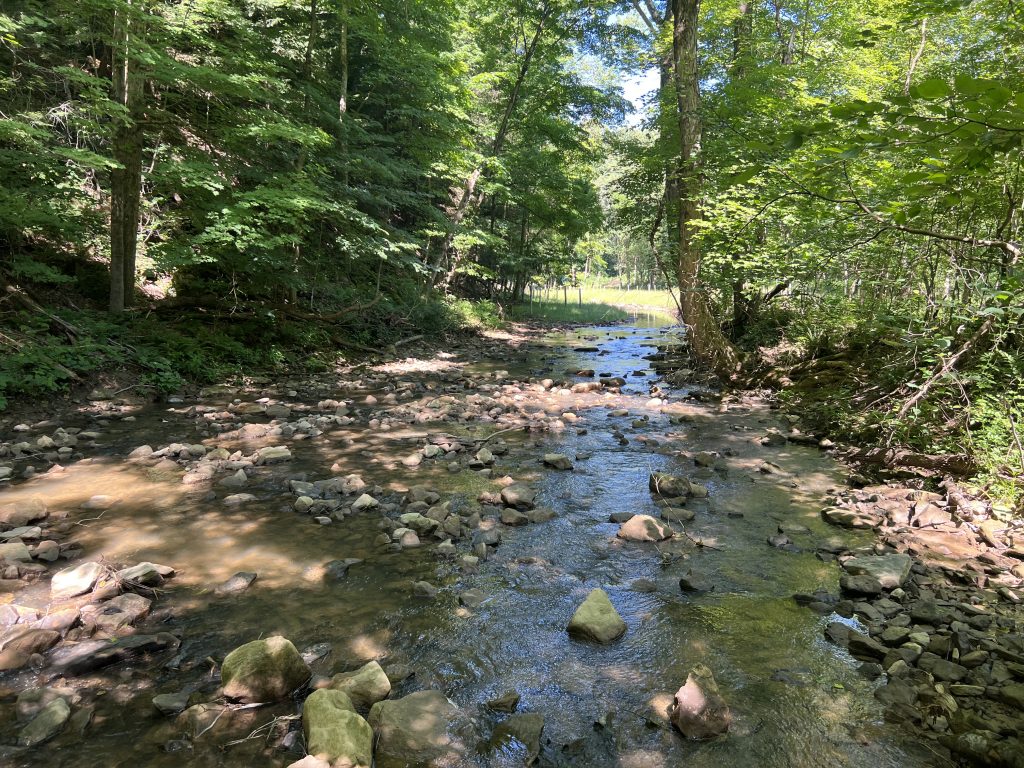What if there was a way to restore degraded streams in our state parks without using taxpayer money? And, what if there was a way to not only restore degraded streams, but also add amenities that the public could enjoy?
The restoration of 7,891 linear feet of stream in Tomlinson State Park, West Virginia is a 6-month long project that shows that these ambitious questions answer to a resounding “yes.”
Nate Ober, VP of Mitigation Services at Water and Land Solutions (WLS), has been dreaming for years about restoring the streams in our country’s state parks.
“It’s easy to think that the streams and wetlands in our state parks are pristine and in their natural state. But this isn’t the case,” says Nate.
Nate grew up kayaking the waters of West Virginia and has become one of the most reputable names in the ecosystem restoration industry. His background in impacts of surface and subsurface water resource mining propelled him into restoration.
“We need to look after our nation’s water systems, but it’s expensive, and uses taxpayer money that is often diverted to more urgent needs. That’s why I’m so excited about the Tomlinson Run project. It’s a public-private partnership between the Department of Natural Resources and WLS, and it has been resoundingly successful,” says Nate.
How it works
The Ohio River Basin and the northern panhandle of West Virginia provide energy reserves including oil, gas, and coal. While the development of these resources has been important to human flourishing, it often results in large environmental impacts.
In addition to the impacts resulting from the development of these energy reserves, there is also significant exurban growth in the greater Pittsburgh area.
The restoration of Tomlinson Run produces compensatory credits that are now available for sale to impactors. These impactors must comply with regulations stipulated by the Clean Water Act, which often includes offsetting impacts by purchasing credits generated through the restoration of
streams within the same watershed.
Habitat protection
In addition to restoring almost 1.5 miles of stream, the project scope included restoring wetlands adjacent to the stream to offset pollution. These restored ecosystems provide important aquatic and terrestrial habitats.
Invasive species were eradicated, and 8,906 indigenous trees were planted, including some known to encourage habitats for two species of bat: the Indiana bat and the Northern long-eared bat.
Accessible trails and fishing platforms
“We installed 2,000 feet of accessible trails,” says Nate, “and put up 5 accessible platforms to fish or view wildlife. We believe that everyone should be able to enjoy being outside.”
Brett McMillion, the new Director of West Virginia’s Department of Natural Resources, is enthusiastic. “This project has provided immense benefit to the area, and seeing it completed makes me proud of this partnership. I wholeheartedly recommend projects like this.”











































